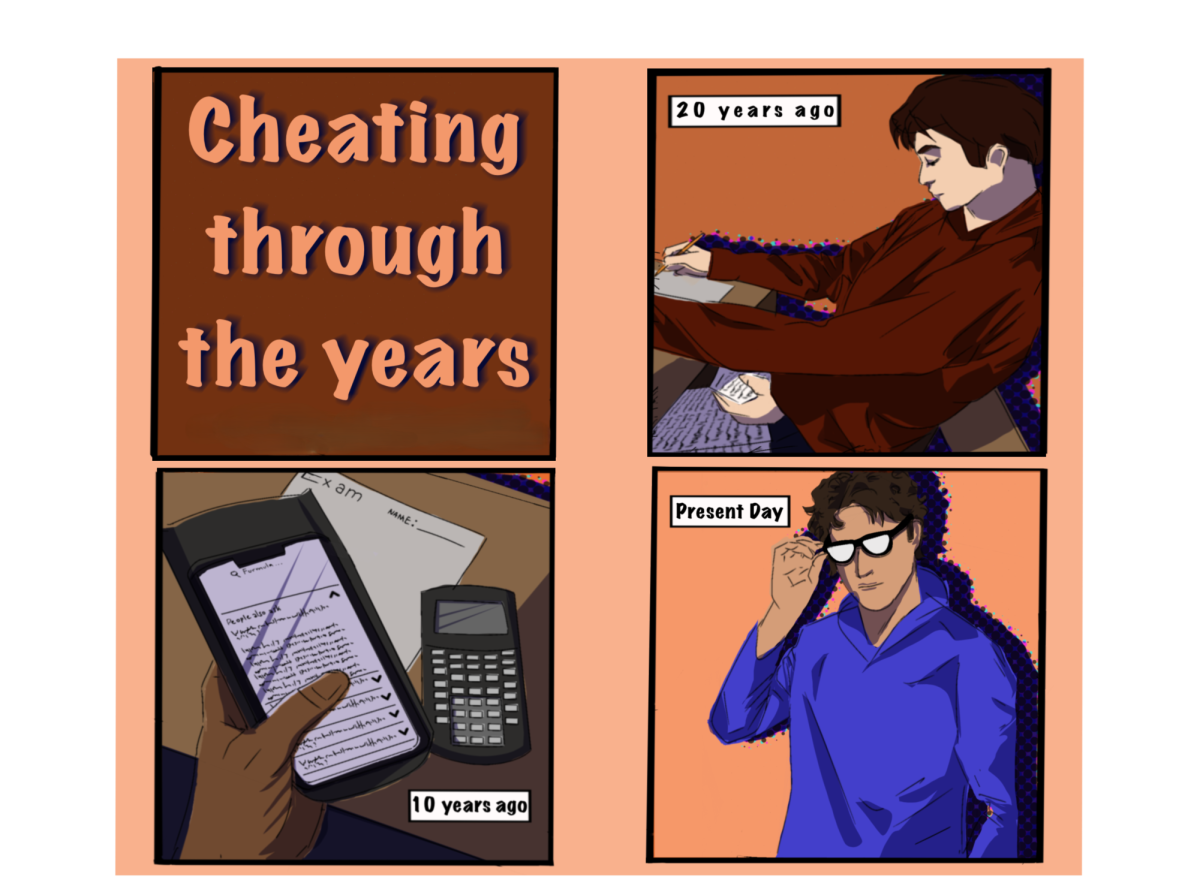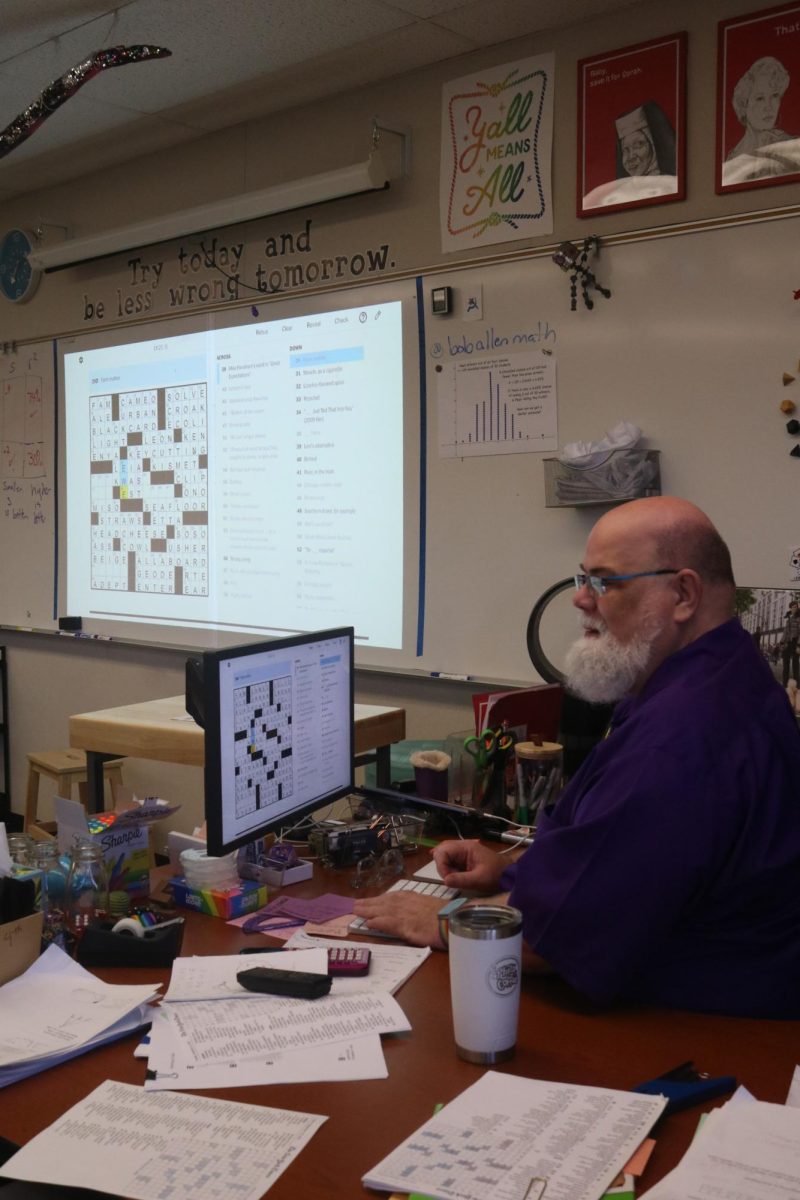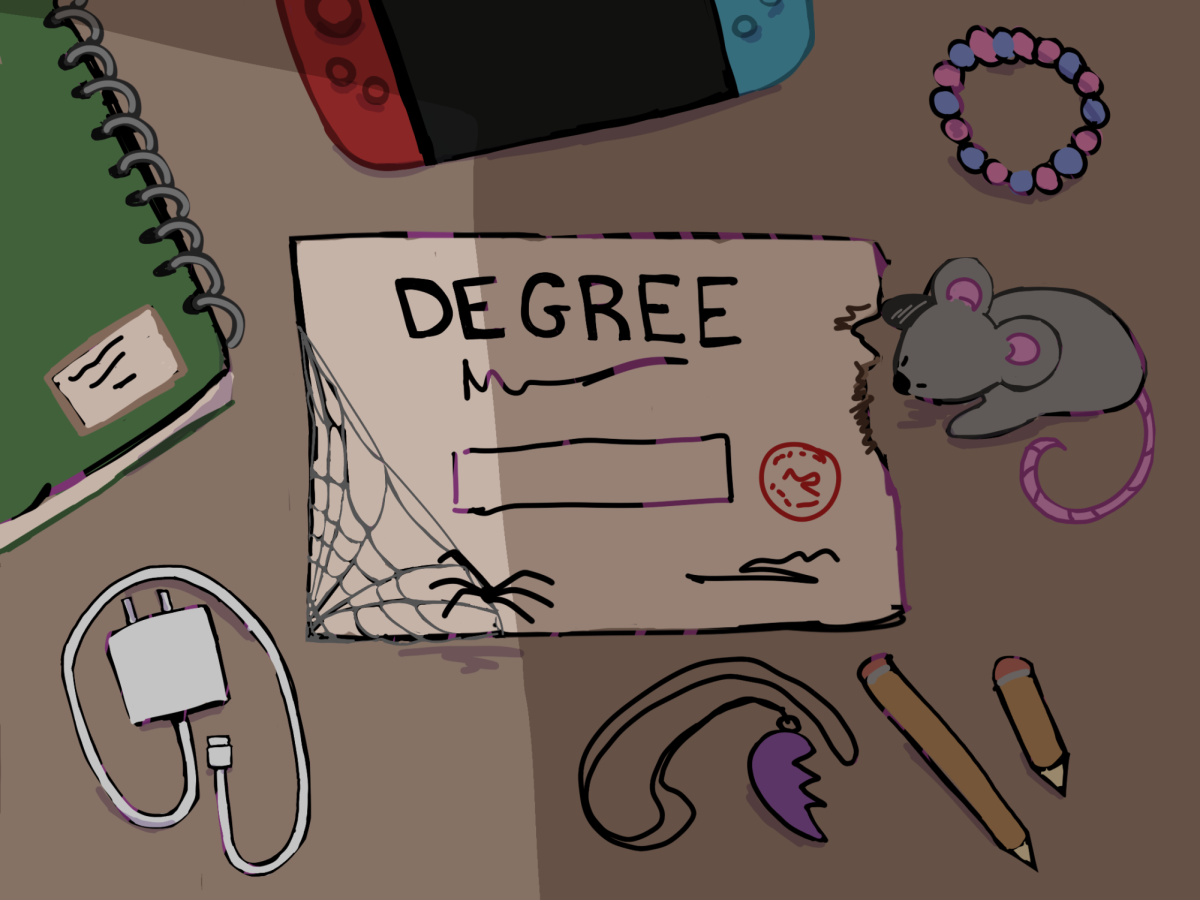In an increasingly digitized world, a pattern has emerged where youth and adults alike record and egg on a dispute instead of taking action to stop it immediately.
This behavior is unacceptable.
A fight broke out in early October between two students in the boys’ bathroom. Though a student was getting hurt, two witnesses chose to record and post the videos of the fight on social media instead of trying to stop it.
Had these bystanders taken the initiative to physically get involved or get help, the fight could have been stopped and the victim may not have been hurt as severely. Instead, these Cal students stood to the side and did nothing except pull out their phones and encourage one boy to keep hitting the other one.
This is not the first time this has happened. All over social media, people are rewarded for sharing videos for public view.
In addition to being hurtful and humiliating for the victim, videotaping as a bystander is in no way a reasonable substitute for getting help. These videos eventually end up on everyone’s feed and unnecessarily draw more attention to the conflict.
There is no excuse for standing aside passively while a fellow student is being hurt, physically or emotionally.
By being a bystander, individuals are contributing to an apathetic message of not valuing their fellow students’ well-being. They also can face disciplinary consequences for their actions.
Often, students say they are scared to intervene because they fear for their own safety. But there are ways to seek adult assistance in a harmful situation without fear of retaliation. Raising awareness about these options falls most importantly on students, but also on school administrators.
Communication between students and administrators goes both ways. If students are expected to step up in a risky situation, administrators should provide them with adequate resources.
A CareLine to provide anonymous tips is available on Cal’s website, the back of student ID cards, and on posters in all bathrooms. Its intended purpose is for students to anonymously report incidents such as bullying, harassment, and abuse.
But the tipline still collects student information. Plus, only about half of 35 students surveyed by The Californian knew where to access this resource.
The positive news is that three-fourths of the students surveyed indicated they would use the tipline.
Incidents such as the fight in the bathroom show the detrimental impact of the bystander mentality. Rather than prioritizing media attention, students should intervene or find an adult when witnessing such an incident.
Everyone needs to do their part to ensure that Cal is a place where students feel safe. Every student’s well-being should be a priority, so would-be bystanders need to act upon conflict to protect their fellow peers.
Students’ mentality needs to be proactive
November 9, 2023
Story continues below advertisement
More to Discover


